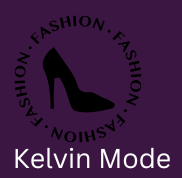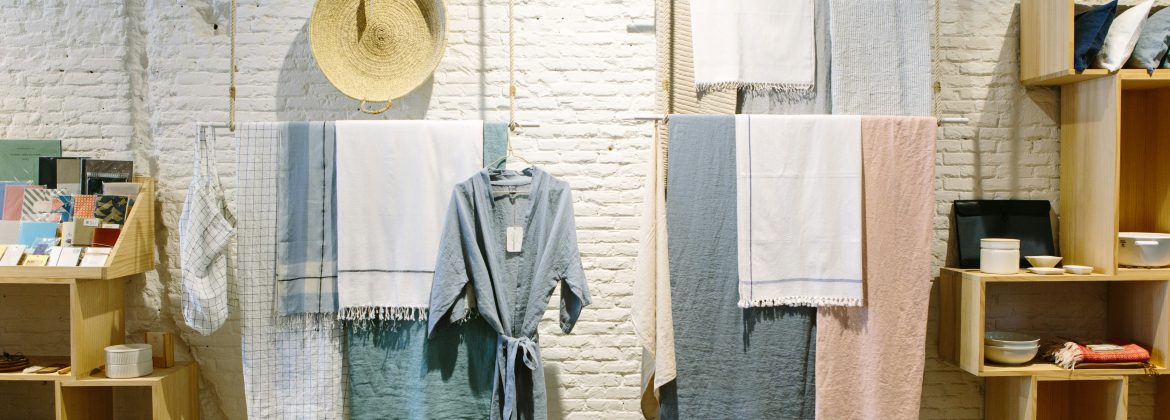The Evolution of Fashion: From Ancient Times to Modern Trends
Fashion and apparel have always been an integral part of human culture and society. From the ancient civilizations of Egypt and Mesopotamia to the modern runways of Paris and New York, clothing has played a significant role in expressing individuality, status, and cultural identity.
In ancient times, clothing was primarily used for protection from the elements. People would wear simple garments made from animal skins, plant fibers, and other natural materials. However, as societies evolved, so did fashion. The ancient Egyptians, for example, were known for their intricate and colorful clothing designs, while the Greeks and Romans favored draped garments that emphasized the natural contours of the body.
Fast forward to the Middle Ages, and fashion took on a more practical and utilitarian approach. Clothing was often bulky and heavy, designed to provide warmth and protection during harsh winters. However, with the rise of the Renaissance in the 14th century, fashion began to shift towards more form-fitting and decorative styles.
The Industrial Revolution in the 18th and 19th centuries brought about significant changes in the fashion industry. Mass production and the introduction of sewing machines made clothing more affordable and accessible to the masses. Fashion became a means of self-expression and social status, with trends changing rapidly to reflect the latest fashions from Paris and London.
The 20th century saw the emergence of iconic fashion designers such as Coco Chanel, Christian Dior, and Yves Saint Laurent, who revolutionized the industry with their innovative designs and forward-thinking ideas. The post-World War II era saw the rise of ready-to-wear clothing and the democratization of fashion, with clothing becoming more affordable and accessible to people of all social classes.
Today, fashion and apparel continue to evolve at a rapid pace. The advent of fast fashion brands such as Zara and H&M has led to shorter production cycles and an increased focus on trend-driven clothing. Social media influencers and celebrities now play a significant role in shaping fashion trends, with Instagram and TikTok driving consumer demand for the latest styles and designs.
Despite the ever-changing nature of fashion, one thing remains constant: the power of clothing to express individuality and creativity. Whether it's a tailored suit for a business meeting or a casual T-shirt and jeans for a weekend outing, our clothing choices speak volumes about who we are and what we value.
In conclusion, fashion and apparel have come a long way since the days of ancient civilizations. From simple animal skins to haute couture designs, clothing has evolved to become a multi-billion dollar industry that influences our lives in ways we may not even realize. So the next time you put on your favorite outfit, take a moment to appreciate the rich history and cultural significance of the clothes on your back.

